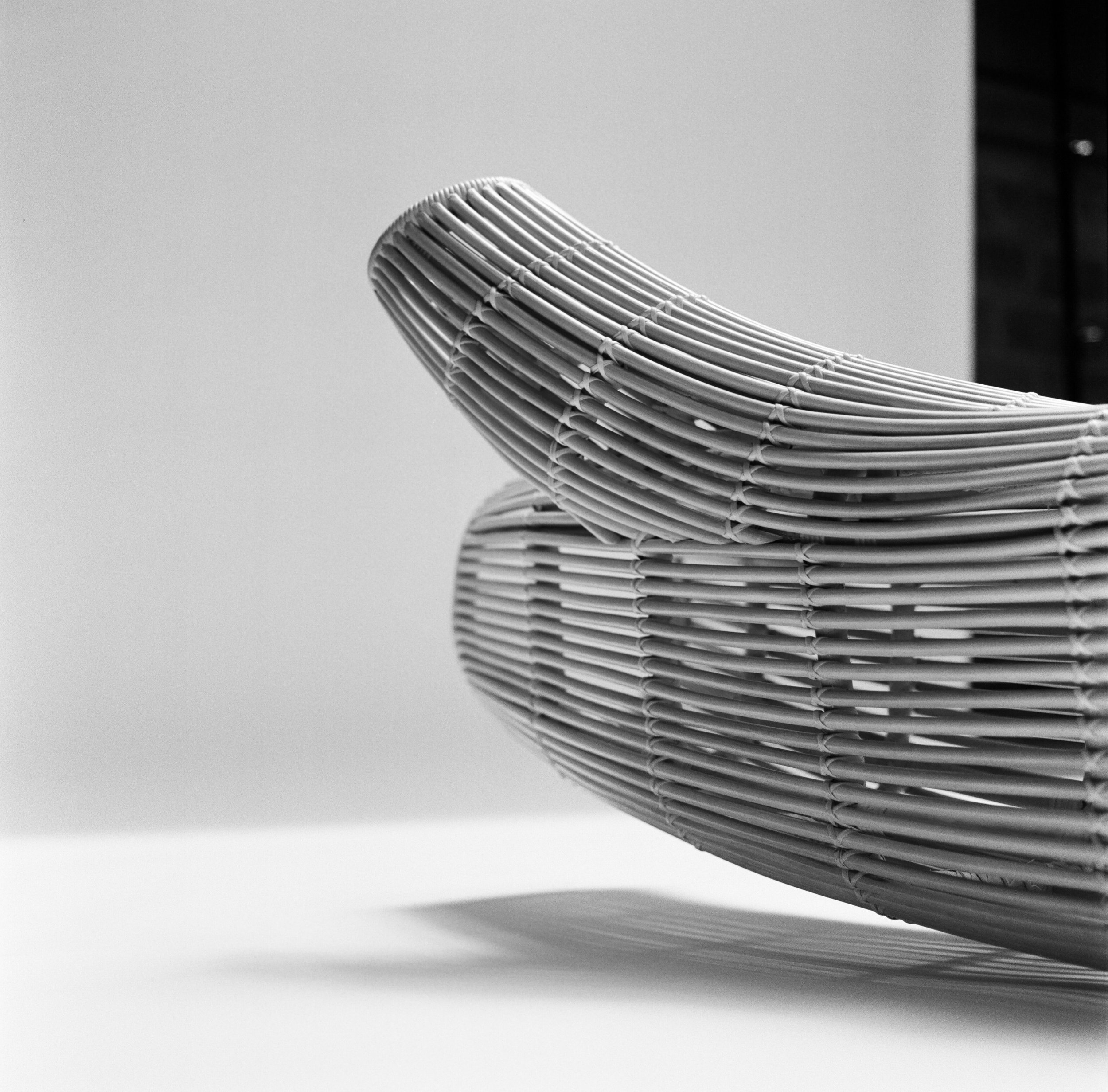Plagiarism Reflects the Behavior of a Nation
Dahan by AlvinT Image by Alvin Tjitrowirjo
Originality as a concept is valued highly and is the bread and butter of thought–whether it be in art, science, philosophy, or any other strain of human culture. The originality of a concept or product often determines its value and is often a requirement for it to be valued at all. When you create something, it should be purely your own design, of your own thought, or else it has little value.
Plagiarism, on the other hand, is the complete opposite of originality. It is a stain on originality and original thought, as it is the act of using or copying someone else’s work without giving proper credit or attribution. It is a severe offense in many fields, from academia to art, and can result in serious consequences such as legal action or loss of credibility.
Often done in the service of convenience and ease, it is much easier to copy someone else’s work rather than create your original work. The phrase “there is nothing new under the sun” is often used to support and justify plagiarism, as many people take the meaning as there are no new thoughts now, as everything has been repeated in history. Well, the truth is that there is still space for originality; it’s just more challenging to achieve.
Though plagiarism is not a new phenomenon, the advent of the internet has made it all the more accessible and more prevalent. With the internet, many people have access to information worldwide from all kinds of people and all periods of history. With access to that much information, it is easy for someone just to take an idea they see on the internet and use it as their own as if they created it. Most think, “Oh, I found it on the internet, so it’s free for use,” or “Oh, no one’s going to notice since the internet is so large.” This type of advantage-taking thinking is dangerous and leads to people creating products and ideas that are cheap imitations of the original, diluting the quality of each replica.
It's easy to be indifferent to a fake product when it feels like it brings the same value as the original product. But what you don’t see are the people who move the production behind the originals, the people who invested in an idea and saw it come to fruition. Artisans, farmers, distributors, and designers are people who’ve invested their time, resources, and thinking to realize new ideas and often create them in the first place. Plagiarized products often have the advantage of being cheaper than the original, and that’s usually why people justify purchasing these products in the first place. But people don’t realize there’s less economy circulated among the people at large, less capital and income going around to different parties, and even less to those who designed and created the original product.
Intentionally copying other people’s works also means deliberately stealing their earnings and time, things they have invested much into achieving and creating, and so does purposefully buying products that copy other works.
This sort of plagiarism also shows a culture of dishonesty in a nation, a culture embedded in society to the point that people think it’s the norm to steal and copy. Indonesia is in danger of being influenced into that, as many markets and stores sell counterfeit and plagiarized products without any repercussions and profit from them. Many products infringe on intellectual property rights, especially in lower-income markets and outlets. This situation sets a dangerous precedent for how intellectual property rights are handled in the country.
We need more education and accountability to combat this kind of plagiarism in a nation. Any effort to reduce plagiarism and protect intellectual property needs to start at the root of culture, the root of society, and that is through education. We need better education on critical thinking and original thought, as well as the importance of both so that people learn to appreciate the originality of an idea or product without having to resort to buying or producing cheaper imitations. We also need better enforcement and accountability for those who infringe on intellectual property rights and those who steal and copy.
It is often the creators' responsibility to protect their work from plagiarism, but it is not entirely their responsibility. Creators can work with platforms and within the legal bounds of intellectual property to protect their work, but it doesn’t matter if the system is broken. Platforms, buyers, clients, regulators, the larger public, and other stakeholders in original products and ideas need to do their part to combat plagiarism. Of course, this act of stealing is easy to ignore when you’re not the one being stolen from. The fruits of that theft are easier for people to buy since it’s usually cheaper. But you need to be more aware, don’t wait until it happens to you or until you’re seduced into buying fakes. Recognize plagiarism as an act of theft and that people’s livelihoods and efforts are being affected.



